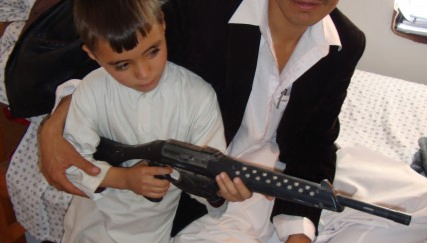Ed note. UN Dispatch’s own Una Moore has been in Afghanistan for the better part of two years. I asked her to share some of her thoughts on life and living in Kabul to mark the ten year anniversary of international intervention in Afghanistan. This is part one of a two part photo series. — Mark
Afghanistan’s young people face a no less uncertain future in 2011 than they did a decade earlier.
Afghans escape the stresses of poverty and conflict through traditional and universal forms of recreation.

A nascent youth culture is taking hold in Afghanistan’s major cities and towns.
A decade after the ouster of the Taliban government, Afghan women play active roles in civil society and politics, making their voices heard on issues ranging from security to rural development.
Few children attended school in 2001. Today, millions of boys and girls pack into overcrowded classrooms and many schools are forced to operate in shifts to meet the demand for education. In the south, most girls still go uneducated because of insecurity and discrimination.
Kabul was reduced to rubble during factional battles in the 1990s. Today, gaudy affluance and grinding poverty compete for space in the city.
- Ostentatious mansions constructed by political heavy-hitters are regarded as eyesores and symbols of corruption by many Kabul residents.
Tens of thousands of children work on the streets of Afghanistan’s cities, in family businesses and in agriculture.
Ordinary Afghans and international experts alike worry that the Afghan police and army will be unprepared to take over from international forces by the end of 2014.














